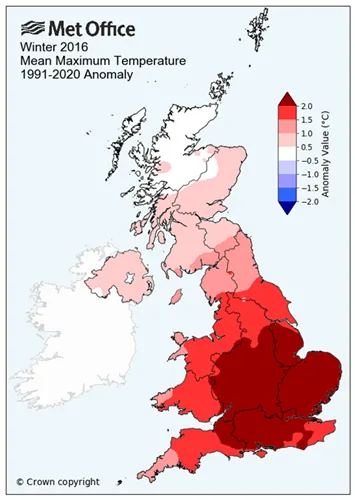Published on 1st October 2022
Weed Management
5 challenges for future weed control

Weeds are a fact of life on arable farms. Whatever system a farmer adopts, one weed or another will find a niche and cause problems. We take a quick look at some of the main challenges for weed control in the future.
Resistance
It’s discussed a lot, but there is no escaping the fact that herbicide resistance can quickly blunt one of farmers’ most effective tools for weed control. Some actives are more susceptible, and some weeds are more capable of developing resistance but the general rule is that any active is at risk.
Once resistance is established in a population it tends to persist. In weeds there don’t tend to be the fitness penalties as is often the case with fungicide and herbicide resistance which means that weeds can accumulate resistance traits to multiple herbicides. A final sobering thought is that enhanced metabolism resistance often equips weeds with tools that can be used in the detoxification of more than one herbicide, feasibly even those herbicides that are yet to be discovered.
But resistance is not inevitable. Machinery hygiene aside, resistant weeds in any particular field are the result of how that field has been managed. Weed seeds are not flying insects or fungal spores that travel far and wide. Taking a pro-active approach to resistance management will pay dividends in the long-term.
Availability of actives
Regulation and resistance can both lead to actives no longer being available to control weeds. New chemistry like aclonifen and cinmethylin is appearing on the market, but chemistry is being lost too.
Unlike resistance, a farmer has very little control over regulation and can only influence it politically not through agronomy. The most important thing is to build a programme based around diverse cultural methods and diverse chemical methods to avoid reliance on one key piece of chemistry.
New weed threats
“As we change agronomy, particularly as the adoption of conservation ag and regen ag approaches with reduced cultivations, one of things we are going to see is the emergence of new weeds adapted to those systems,” says John Cussans.
There are two weeds currently being tested at NIAB that may be causes for concern in the future. Rat’s tail fescue, also known as vulpia, is fairly common in natural and semi-natural habitats but is very invasive of arable fields with less cultivation.
The other group of weeds associated with conservation agriculture are umbellifers, in particular bur chervil. But there is a whole group of these closely related species which are often misidentified including shepherd’s needle and wild carrot.
Learn more in this video

Climate change
Changes to weather patterns has a big impact on which weed species thrive and how they are controlled. The trend towards milder winters with few frosts is probably one of the most challenging for weed control. Instead of winter kill, weeds sometimes continue growing for most of the winter meaning spring control is that more difficult.
For example, in the 2015–16 season, a very mild winter was one factor contributing to fairly high black-grass levels that year.

Market forces
Increasing costs is probably the biggest problem facing farmers currently. Key inputs like fertiliser and fuel are rocketing in price while commodity prices fluctuate making it difficult to have a stable business plan. There is not an obvious way to deal with the problem, some will look to push yield and rely on productivity, others will look to trim costs. It is easy to imagine how various market driven changes to cropping could lead to more weed problems arising.
There is also a potential shift to farmers receiving more income based on environmental stewardship, for example carbon, water or biodiversity, all of which could have an impact on weed control strategies.
Weed Screen Tour
Ella and James give a tour of Bayer's latest grass-weed matrix trial.


